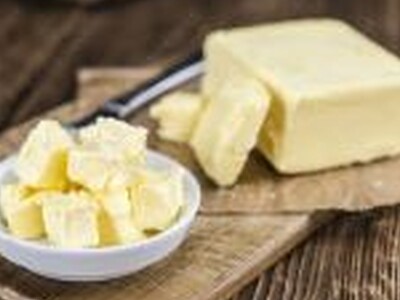What is Really Up With High Food Prices?
What is Really Up With High Food Prices? I’m Greg Martin with today’s Line On Agriculture.
My wife and I like to go grocery shopping. Well, that was until prices starting going into the stratosphere. Couple that with the fact that we buy our gas at the same place and it has taken all the fun out of it. Obviously you can’t go without food and our garden is some way off until it starts producing so we are pretty much stuck like everyone else with dealing with high food prices. But have you really considered why?
ERICKSON: You know higher gasoline prices are hurting us at the pump driving. Well it’s also hurting you at the grocery store as well. And so if you look at the marketing chain from farm to fork, a lot of energy goes into creating that product that goes on your plate.
American Farm Bureau Economist Matt Erickson says energy costs hit food production from field to fork.
ERICKSON: I grew up on a 6th generation family farm and we do grow corn and soybeans and with diesel costs right now, that’s creating a burden for U.S. farmers and ranchers across the country. There’s no doubt about that. So with those higher energy costs, you also have to transport that corn to the processing plant. You have to manufacture it and you also have to transport it to the grocery store. All of that includes energy. It includes gasoline. It includes diesel and so higher energy costs are definitely creating a burden to the consumers at the grocery store.
Erickson says renewable fuels will help reduce our dependence on foreign oil, but support for those fuels seems to rise and wane depending on oil prices.
ERICKSON: Higher prices for oil, we need that domestic energy source. And if oil goes down we still need to continue to create that domestic energy source. Who would you trust more, an American farmer or would you trust a Middle East dictator for your source of energy? My answer is an American farmer.
Erickson talks about how ethanol production keeps getting more efficient, so we don’t have to choose between feed and fuel.
ERICKSON: The fact of the matter is technology has grown so much that when corn goes through the ethanol process you can create both. Should we use it for feed or should we use it for fuel? And we can do it for both. One bushel of corn can make 2.8 gallons of ethanol. It can also make 17 to 18 pounds of DDGs. DDGs are dried distillers grains and they can be used to feed livestock and so it’s just a byproduct of ethanol, but it’s a good source of feed for livestock.
Erickson straightens out another misconception about ethanol.
ERICKSON: The corn grain that farmers grow is totally separate from the sweet corn that you eat. It’s two different crops.
That’s today’s Line On Agriculture. I’m Greg Martin on the Ag Information Network.

















